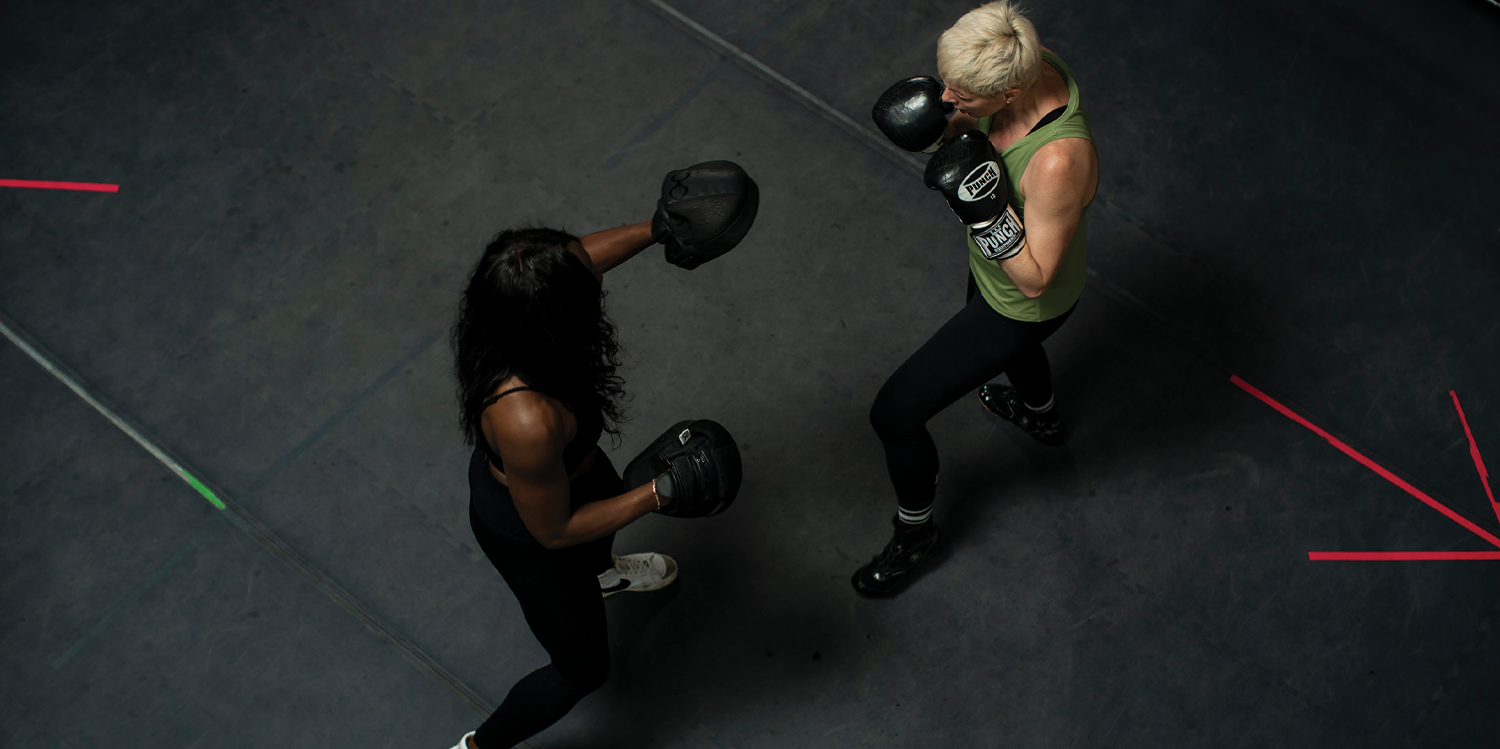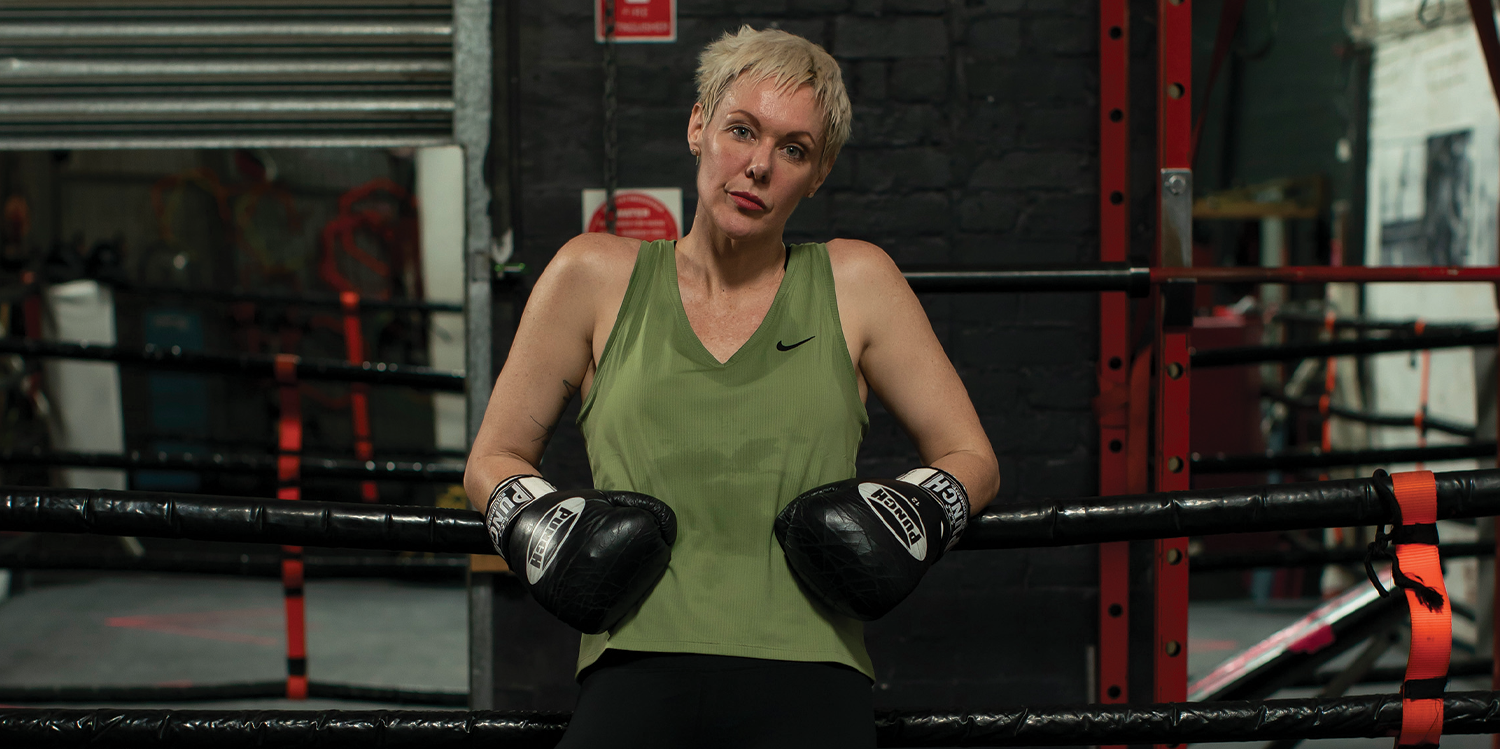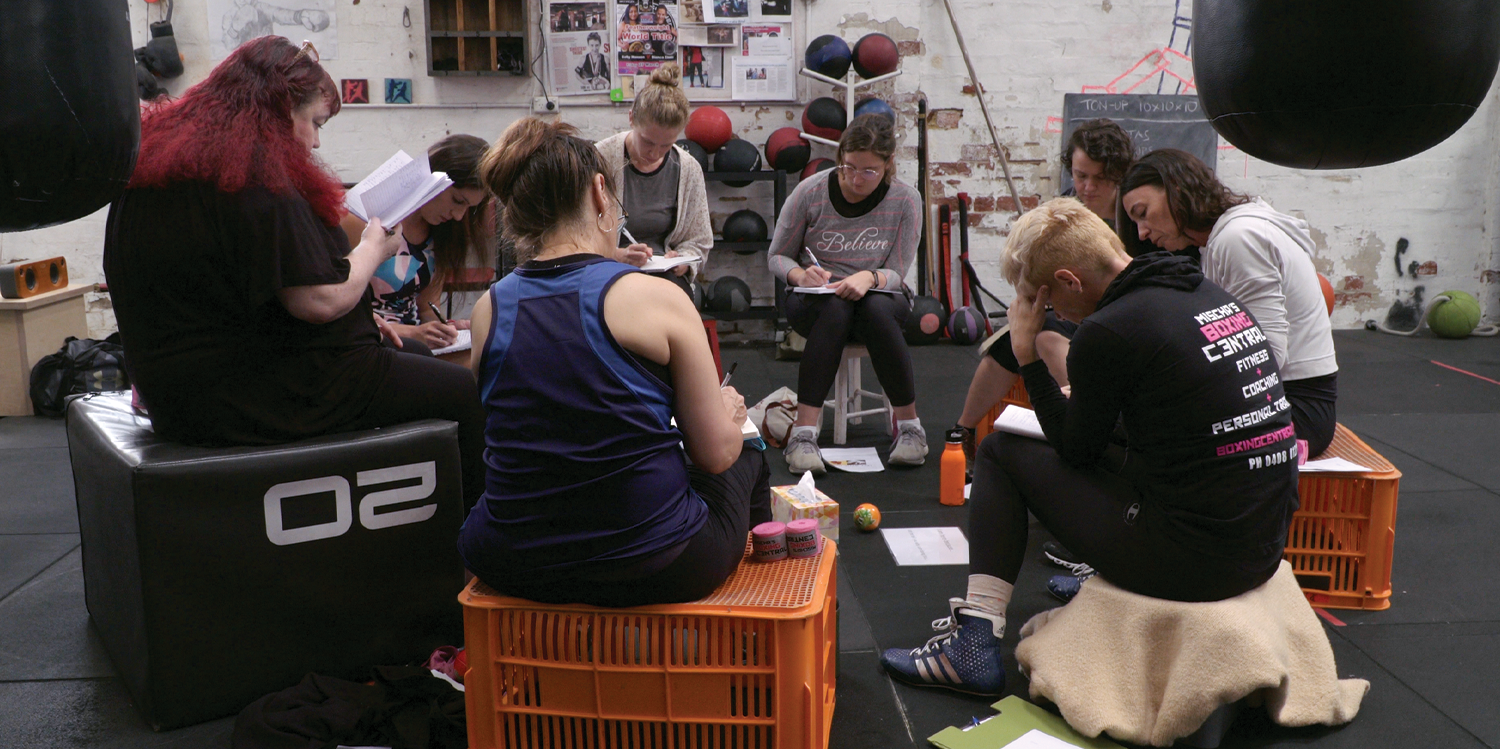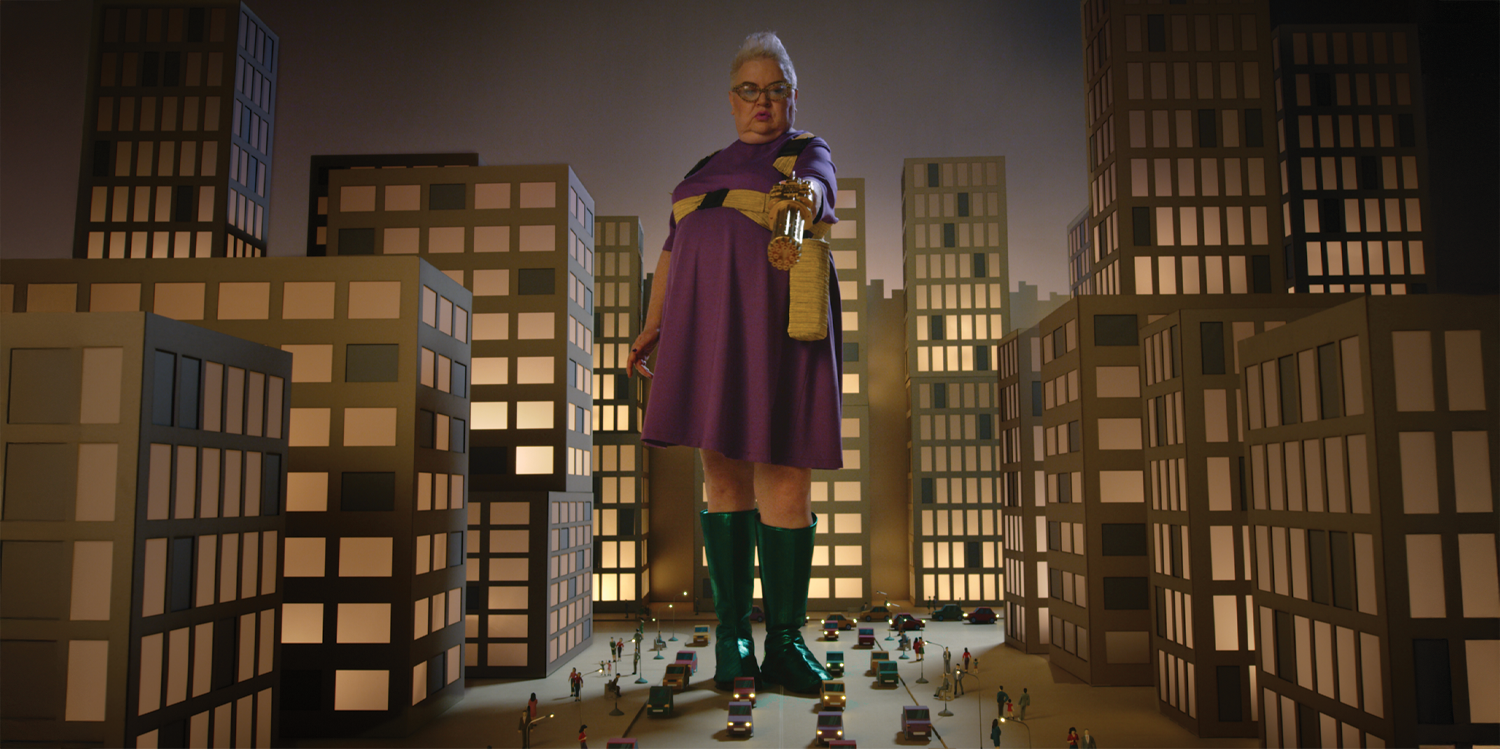 Seven strangers use boxing and writing to heal their life-long trauma in a confronting and moving Australian documentary.
Seven strangers use boxing and writing to heal their life-long trauma in a confronting and moving Australian documentary.
By Ara Jansen
Seven survivors of childhood sexual abuse respond to a call-out to take part in an experimental recovery program.
Designed by Melbourne boxing coach, academic and survivor Donna Lyon, a program called Left Write Hook addresses both the physical and emotional impacts of trauma through a unique combination of the physical release of boxing and the emotional outlet of creative writing.
What began as an eight-week plan for female and gender diverse participants becomes much more. Then over 18 months, with intimate and privileged access, filmmaker Shannon Owen documented the journey and the bonds this group forged that led to unexpected transformations.
The program aims to provide survivors of sexual abuse with a unique space to both physically and verbally tap into repressed memories and the associated impacts of trauma, allowing them to begin reclaiming their bodies and minds, and imagine new lives for themselves.

The witnessing documentary, also named Left Write Hook and now on Netflix, is a powerful and timely exploration of resilience, expression and healing that redefines what it means to be a survivor of childhood sexual abuse in Australia.
Nikki, Dove, Pixie, Gabby, Claire, Julie and Lauren respond to the call to break their silence. Despite different life journeys, they all share the experience of living as adult survivors. Most have never disclosed their abuse outside of a therapy session, let alone with other survivors. When they arrive to start Donna’s program, they are presented with a unique opportunity for recovery but also a huge risk. Fear and shame initially unite them, uncertain of where the process will take them.
Documentary maker Shannon says Left Write Hook is motivated by opportunities for bearing witness and re-storying experiences rather than excavating trauma memories for evidence sake.

“It was a corridor conversation with Donna – we’re colleagues at the University of Melbourne – where she started telling me about the workshop program,” says Shannon. “The boxing came from her own history as something that helped her in her own struggles. I really loved boxing as a way to process trauma and the writing part appealed to the storyteller in me and my creative background.”
RELATED: What’s up, Doc? Meet the voice behind iconic Looney Tunes characters
While largely done in documentary style, there are some interestingly creative moments where Shannon and her team have translated each of the women’s journeys in a way which helps them take back a piece of their power.
One woman sings, another tromps through a miniature city like Godzilla reclaiming her power, while a third transcribes her words onto a black wall with white marker. Video diaries are used as a stark insight into what it’s like to live with trauma for those with no experience of it.

“There’s definitely something profound happening for these women and I was keen to figure out how to capture that on screen. I’m also interested in the potential of film as a transformative tool in and of itself, rather than just bearing witness. How do you take filmmaking and push it somewhere positive?
“These women are different people to when I first met them. To do that in front of an audience is pretty radical. There’s something amazing about the lived experience and the healing that happened in that space. I’ve seen the scenes so many times and I’m still moved by it.”
Left Write Hook is screening on Netflix.
Want more news, clinicals, features and guest columns delivered straight to you? Subscribe for free to WA’s only independent magazine for medical practitioners.
Want to submit an article? Email editor@mforum.com.au

